 |
| White Admiral (left) and Red-spotted Purple on Beauty bush 2009 |
When I began this series, I had thought to just include photos for 2011, but with some butterflies, and especially these, I am including some from the past three years.
The link between the White Admiral Limenitis arthemis arthemis and the Red-spotted Purple Limenitis arthemis astyanax is a fascinating one. If I understand it correctly, here in Massachusetts, the more southernly Red-spotted Purple and northern White Admiral forget their differences and blend together, mixing genes and some traits.
Many now refer to the two species as one with the name Red-spotted Admiral.
 |
| June 14, 2009 |
 |
| June 4, 2009 |
 |
| White Admiral sipping valerian June 4, 2010 |
 |
| Red-spotted Purple (without discernible red spots) on valerian June 4, 2010 |
 |
| White Admiral 2011 |
 |
| Red-spotted Purple on Spirea June 18, 2011 |
Often I capture these butterflies on the same day a few hours apart or a few days apart.
I cannot imagine any bird that would be fooled, but the Red-spotted Purple is a mimic for the toxic Pipevine Swallowtail.
The Red-spotted Purple caterpillars prefer the black cherry but will also use crabapple and poplar as host plants and both are abundant here at Flower Hill Farm. They have been sighted on other plants as well. The links in red on my posts will take you to more information. The White Admiral does not enjoy Black Cherry it seems . . . but prefers poplar or yellow and sweet birch. They also may dine on shadbushes, hawthorns and a few other plants and trees.
As adult butterflies these beauties will choose to sip from some rather repugnant sources. Clearly they also enjoy the power of flowers. We may see both butterflies flying around from May to early October with the second brood overwintering in the third instar state.
****************
I would like to share all of the nine butterflies I have featured in this series so far.
The parade will continue on . . . but for now . . . I think you will agree with me that these gorgeous creatures look fabulous together in their varied vibrant frocks presented in garden mosaics.
It gives me much joy to know that my gardens attract all these delightful pollinators.
I have much work to do incorporating more native host plants and being more careful in how I manage the cutting of the fields, so as to protect the overwintering larva and chrysalises.
 |
| Monarch, Eastern Black Swallowtail, Tiger Swallowtail, Common Buckeye, American 'Painted' Lady, Great Spangled Fritillary, Pearl Crescent, White Admiral, Red-spotted Purple |
Can you match the open winged butterfly to its closed counterpart?
I think these would make great puzzles.
Today is another sunny day . . . this winter the sun has been generous. Our resident bluebird is not alone anymore . . . I saw and heard two pairs this morning. They are becoming more animated with each day. Now (or earlier!) is the time to have those nest boxes in place. I have some new ones that must be put out this week.
I do not recall ever seeing snowdrops this early . . . there are a few showing a bit of their precious pendent white bells . . . along the south facing trunk of a giant rock maple.
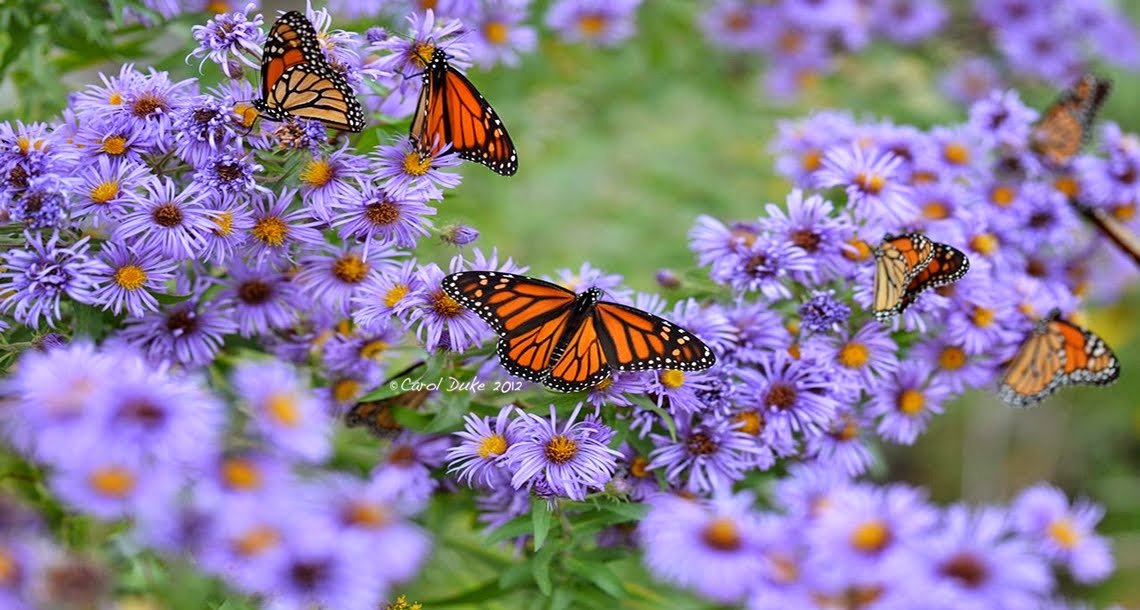





















































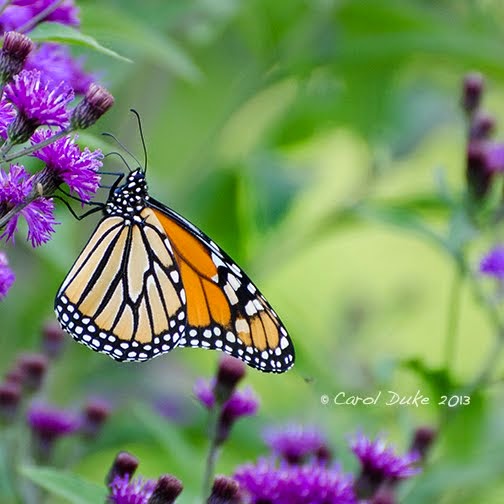

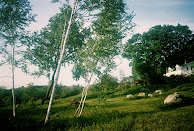

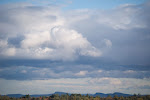





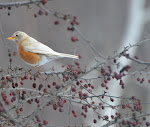













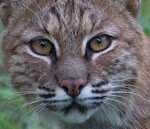




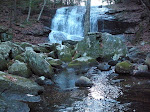


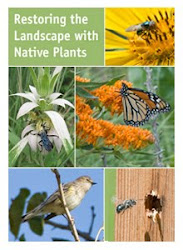











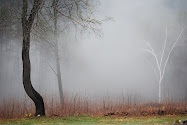












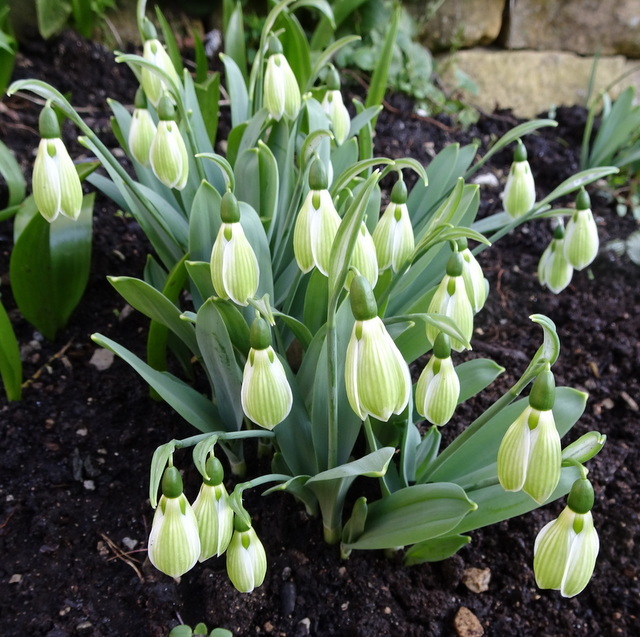




































.png)






















